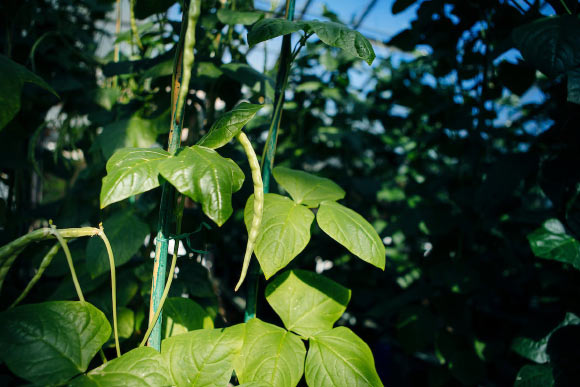Now Reading: Scientists Decode How Plants Detect Daytime Heat
-
01
Scientists Decode How Plants Detect Daytime Heat
Scientists Decode How Plants Detect Daytime Heat

Fast Summary
- Research Findings: A team led by Professor Meng Chen at teh University of California, Riverside discovered that plants rely on multiple heat-sensing systems, with sugar playing a central role in daytime temperature response.
- Methodology: Researchers studied Arabidopsis plants under varying temperatures (12-27°C) and light conditions,tracking stem growth (hypocotyl elongation),a heat sensitivity indicator.
- Key Discoveries:
– Phytochrome B’s thermosensing function works only under low light; midday sunlight suppresses its temperature detection ability.
– Mutant Arabidopsis lacking phytochrome B responded to warmth if grown in light but not in darkness unless supplemented with sugar.
– Heat-triggered breakdown of starch releases sucrose,stabilizing PIF4 protein-a critical growth regulator-in collaboration with another sensor ELF3 responding to temperature changes.
- Implications: The study suggests a complex plant system using sugar as both energy and signal for heat detection. Understanding this process may aid scientists in developing climate-resilient crops adaptable to extreme temperatures.
Image Description: Photograph of Arabidopsis plants growing healthily in a greenhouse. (credit: Elena Zhukova / UCR)
!Image
Indian Opinion Analysis
This groundbreaking research into thermosensing mechanisms reveals the intricate adaptations of plants to environmental stressors like heat. For India-a country largely dependent on agriculture-these findings offer exciting possibilities amidst rising concerns over climate change’s impact on crop viability. Identifying how plants regulate their growth through sugars as signals could inform genetic or agricultural innovations aimed at improving crop resilience against fluctuating temperatures typical across Indian farmlands.
Additionally,understanding these multidimensional sensory adaptations underscores the sophistication embedded within nature’s design-a reminder of how science-driven solutions can strengthen food security globally and regionally when combined with enduring practices. With heat waves increasingly affecting yields across major Indian staples such as wheat and rice, this knowledge can bridge gaps between conventional farming methods and scientific advancements.




























